Higher Education Account Options.
Designed for Every Stage of Astronomy Learning.
Slooh offers three tailored account options for college astronomy departments: Intro to Astro, Astronomy Major, and Graduate Research. Every account provides Advanced Missions, giving students access to FITS data for astrometry, photometry, and image processing—enabling authentic, hands-on research.

FOR COLLEGE ASTRONOMY
Inspire Curiosity. Spark Discovery. Engage Students.
Slooh’s online telescopes give astronomy departments proposal-free access to real-time observations, paired with interactive learning activities. Empower your students to conduct hands-on research, explore the cosmos, and experience astronomy as a living science.

In Slooh's integrated curriculum-aligned learning activities (Quests), students learn to capture. analyze and present their data collected with Slooh's telescopes and satellites.

Purdue University

Bucknell University
.png)
University of Nevada

Davidson Institute of Science Education

The University of Maine

Princeton University

University of Oldenburg

University of New Hampshire
Introductory Astronomy Curriculum
With Slooh Quests, Astronomy 101 students grasp core concepts while following in the footsteps of astronomy’s most famous discoverers. They then advance to Advanced Missions, where they design and conduct their own investigations—choosing telescopes by date, time, catalog, or coordinates, exploring a variety of image processing options, and working with FITS data to uncover real cosmic phenomena.










Career Opportunities in Space
Space isn't just for rocket scientists and astronauts. With partners the Space Foundation and Space Workforce for Tomorrow, Slooh's industry certification program inspires, prepares, and ultimately employs the future space workforce. Students accumulating Slooh Badges and Gravity Points will earn space industry workforce certification in 2025.
Leading institutions like Purdue, Cornell, Princeton, Bucknell, the University of New Hampshire, Windward Community College, Austin Peay, the Weizmann Institute, UAE University, the University of Oldenburg and so many more are are using Slooh to inspire curiosity, engage students, and make astronomy hands-on.
Explore the tool colleges worldwide are using to bring the universe into the classroom.
Case Studies








Slooh’s Astronomy Major accounts provide access to Advanced Missions (choosing
telescope, date, time, by catalog or coordinates), 18 of Slooh’s astronomical
catalogs, and advanced processing options including luminance filter-only.
They include five standard and one advanced mission scheduled at any one time.
This enables students to conduct basic astrometry and photometry (using standard filters).
Astronomy Major Accounts








Slooh’s Graduate Research accounts provide access to Advanced Missions (choosing
telescope, date, time, by catalog or coordinates), 18 astronomical catalogs,
and advanced processing options including luminance filter-only and photometric
filter options. The advanced mission quota is increased to five at any one time.
This enables students to conduct advanced astrometry and photometry.
Low-resolution spectroscopy will be added in 2025.
Graduate Research Accounts








Standard astrometry/photometry
Unlimited Quest learning activities including educator guides and lesson plans
1 concurrent Advanced Mission
Slooh 1000 and 18 astronomical catalogs
Access to FITS data
Increased Mission quota
Color + Luminance-only processing options
Volume discounts for multiple licenses or a department site license. Please Request Quote.
Advanced astrometry/photometry
Unlimited Quest learning activities including educator guides and lesson plans
5 concurrent Advanced Missions
Slooh 1000 and 18 astronomical catalogs
Color + Luminance-only + Photometric processing options
Access to FITS data
Spectroscopy coming soon
Volume discounts for multiple licenses or a department site license. Please Request Quote.
MIDDLE SCHOOL EDUCATOR
$300 USD
$199 USD / year
Introductory offer only available for online purchases. See terms and conditions.
35 students
Unlimited Quest learning activities including educator guides and lesson plans
Basic telescope control
To add more students or to pay by purchase order, contact us to request a quote.
INTRODUCTORY OFFER
Access to FITS data
Unlimited Quest learning activities including educator guides and lesson plans
1 concurrent Advanced Mission
Slooh 1000 and 4 astronomical catalogs
Color processing options
Increased Mission quota
Direct student or institution purchase options.
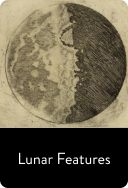
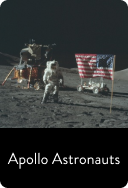
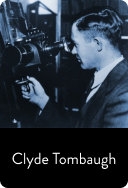
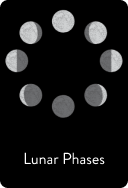
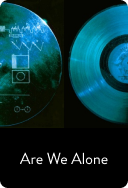
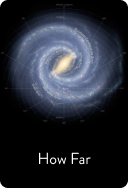

.jpg)